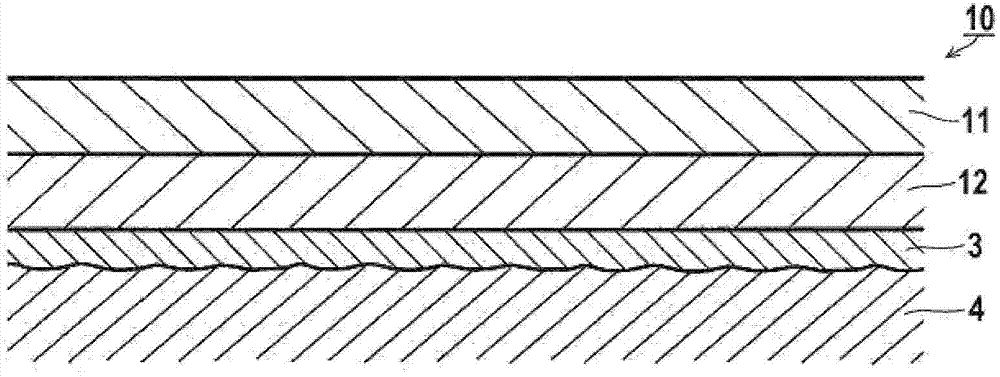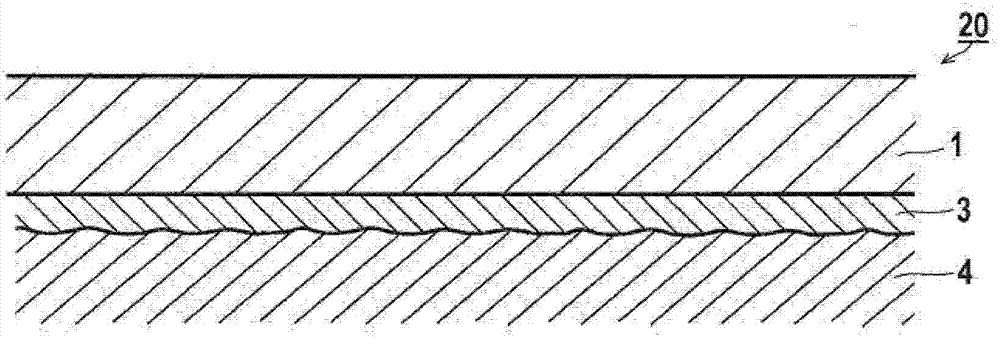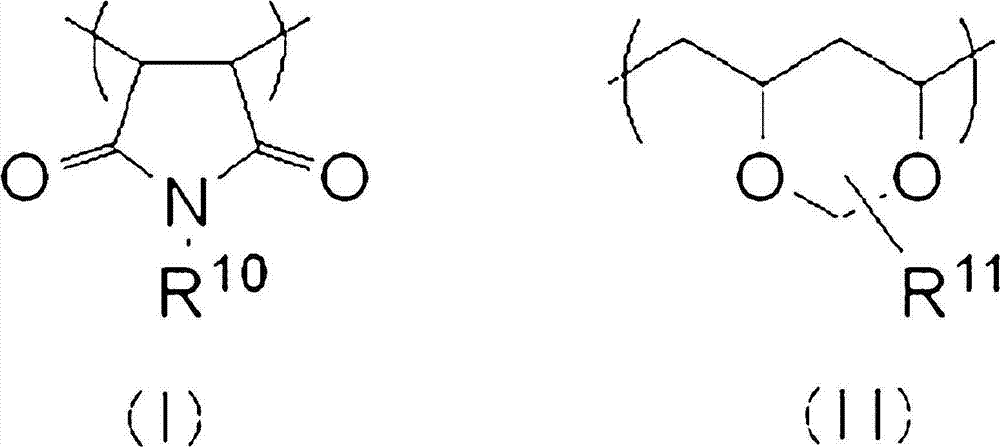Photosensitive planographic printing plate precursor and method of producing planographic printing plate
A lithographic printing plate, printing plate technology, applied in lithographic printing equipment, printing, printing plate preparation, etc., can solve problems such as inappropriate ablation, laser pollution, poor work efficiency, etc.
- Summary
- Abstract
- Description
- Claims
- Application Information
AI Technical Summary
Problems solved by technology
Method used
Image
Examples
preparation example Construction
[0291] The method of producing a lithographic printing plate of the present invention includes a step of exposing the photosensitive lithographic printing plate precursor of the present invention imagewise (ie, an exposing step).
[0292] As a light source of active light rays used for imagewise exposure of the lithographic printing plate precursor of the present invention, a light source having an emission wavelength in the near-infrared to infrared region is preferable, and a solid-state laser and a semiconductor laser are more preferable. Among these, in the present invention, it is particularly preferable to perform image exposure by using a solid-state laser or a semiconductor laser capable of radiating infrared rays having a wavelength of 750 nm to 1,400 nm.
[0293] The laser output is preferably 100 mW or more, and in order to shorten the exposure time, it is preferable to use a multi-beam laser device. The exposure time per pixel is preferably within 20 microseconds. ...
Embodiment
[0335] Hereinafter, the present invention will be described in more detail by referring to Examples, but the present invention is not limited thereto. In the following examples, unless otherwise specified, "%" and "part" represent "mass%" and "mass part", respectively.
Synthetic example
[0337] Synthesis of Acryl Adhesive (PA-01)
[0338]In a three-necked flask, vinyl acetate (86 g), the following compound X-1 (70 g) and VA-044 (trade name, manufactured by Wako Pure Chemical Industries Co., Ltd.; 2,2'- Nitrobis[2-(2-imidazolin-2-yl)propane]dihydrochloride) was added dropwise to pure water (200 g) heated to 80° C. under a nitrogen stream over 2.5 hours.
[0339] After the dropwise addition was completed, sodium hydroxide (10 g) was added to the resulting solution, and the mixture was stirred for 5 hours. After that, butyraldehyde (40 g) and p-toluenesulfonic acid (1 g) were further added thereto, followed by stirring for 5 hours. After the reaction was completed, the resulting solution was added to methanol (3,000 ml) under stirring, and stirring was continued for 60 minutes, and then filtered, washed with water, and dried to obtain a binder (PA-01).
[0340] The weight average molecular weight (calculated as polystyrene) of the binder PA-01 confirmed by gel ...
PUM
| Property | Measurement | Unit |
|---|---|---|
| thickness | aaaaa | aaaaa |
| diameter | aaaaa | aaaaa |
| electrical conductivity | aaaaa | aaaaa |
Abstract
Description
Claims
Application Information
 Login to View More
Login to View More - R&D
- Intellectual Property
- Life Sciences
- Materials
- Tech Scout
- Unparalleled Data Quality
- Higher Quality Content
- 60% Fewer Hallucinations
Browse by: Latest US Patents, China's latest patents, Technical Efficacy Thesaurus, Application Domain, Technology Topic, Popular Technical Reports.
© 2025 PatSnap. All rights reserved.Legal|Privacy policy|Modern Slavery Act Transparency Statement|Sitemap|About US| Contact US: help@patsnap.com



